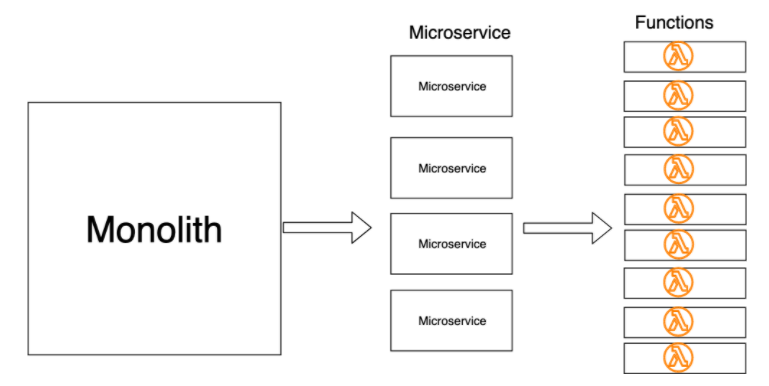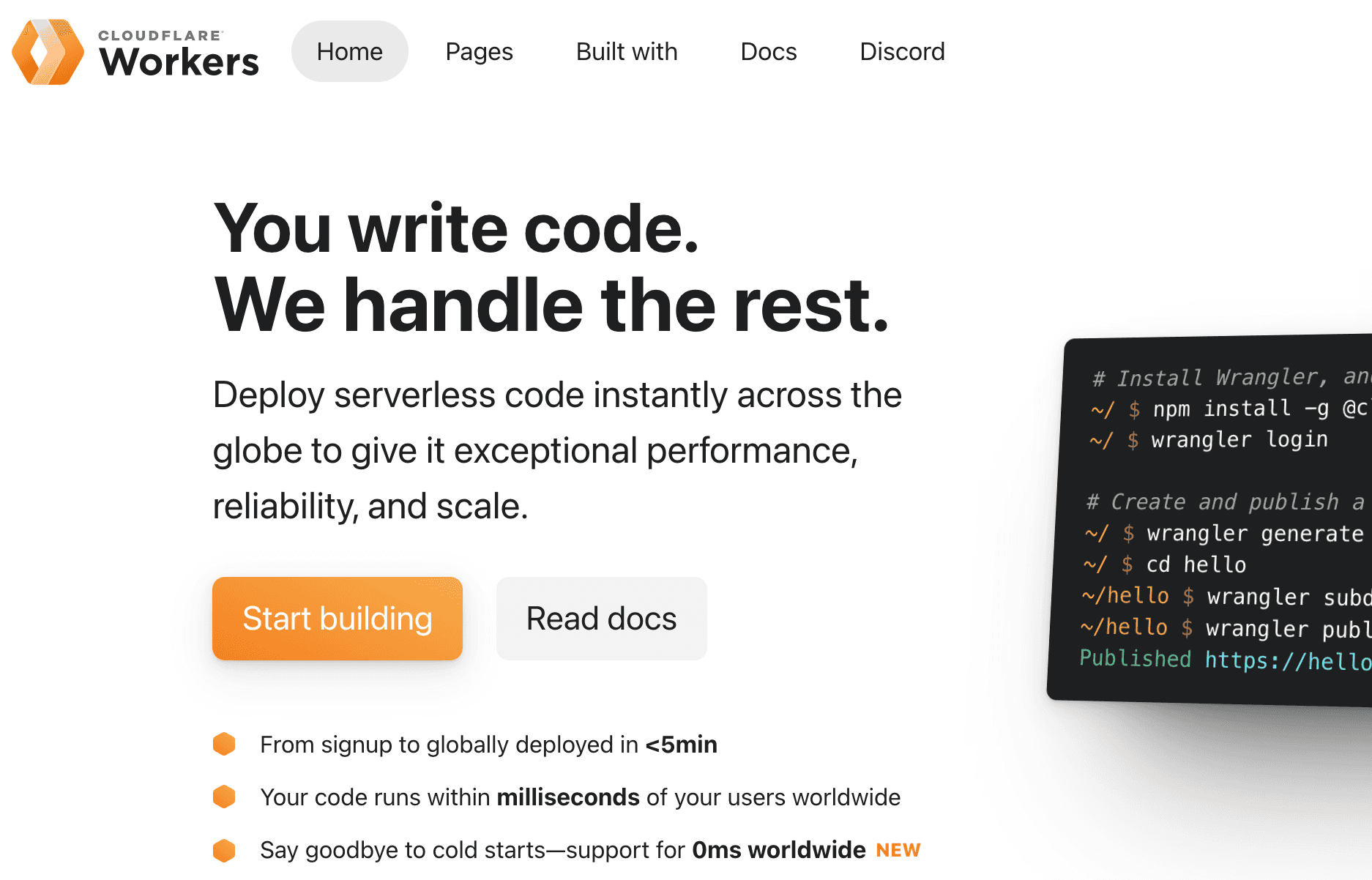
The serverless command will automatically run the correct version (v3 can run v2).
#Npm install serverless global install#
Upgrade the global version to v3, and install v2 in specific projects (via NPM).

There are 2 scenarios: Using v3 globally, and v2 in specific projects. packageissueshistory: an experimental tool aiming to monitor for problematic package updates, in order to find them even before it is discovered that a certain package version introduced a breaking change. To achieve that, install the Serverless Framework locally via NPM (npm i -save-dev serverless). To ignore a rule add a guardian section to your file module. npm-secure-installer: a secure wrapper for npm install, which will refuse to globally install packages that do not contain an npm-shrinkwrap lock file. Sls-dev-tools is intended to be opinionated, but when that opinion does not match your expectations rules can be ignored on a per resource or global level. If the tool isn't able to find the stack name or region in local files or in the command arguments, it will open up a wizard to allow you to select the region and any available stacks. Run sls-dev-tools in your serverless project directory. When running serverless commands it logs that its using the locally installed version. Alternatively run npm install -g sls-dev-tools to install the tool globally Im using the global serverless binary to deploy a service that has the latest serverless 2.43.1 installed as a development dependency.That will generate our project structure with some boilerplate code, including a basic lambda function. If you want to know the specific latest version of an installed package, just specify its name. Install serverless package globally npm install -g serverless Create a new serverless project sls create -template aws-nodejs-typescript -path aws-serverless-api. If you want to check globally installed packages, just add the -g (short for global) flag: npm list -g. Set your packages to be built individually to have smaller packages: package: individually: true. By default, the npm install command fetches the latest available version of the specified packagein this case, it’s Renovate version 24.52.1. Add the plugin to the plugins array in your Serverless serverless.yml: plugins: - serverless-plugin-optimize. cp -n /path/to/imported/yarn-offline-mirror/ /yarn-offline-mirror/ yarn global add -offline forever rm.


Why do we need a virtual environment It allows us to create an isolated environment, which contains all of the executables that our project will need. If you dont have pip you can install easily with the Install plugins and frameworks. Create an IAM user, for now grant admin permissions to the user. npm install -g serverless This will install dynamodb locally. Once installed we can set it up with AWS, we need to add our AWS credentials.



 0 kommentar(er)
0 kommentar(er)
